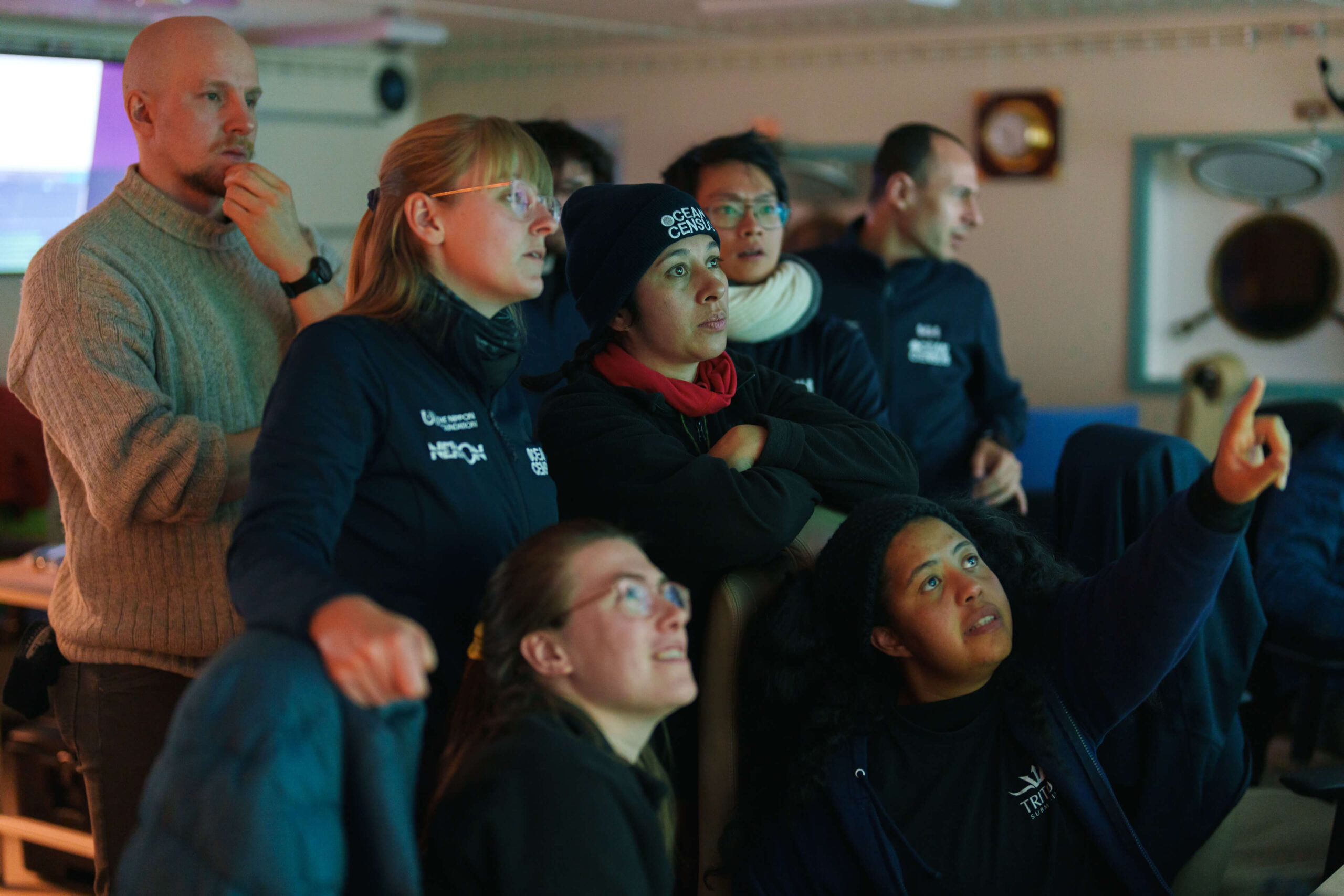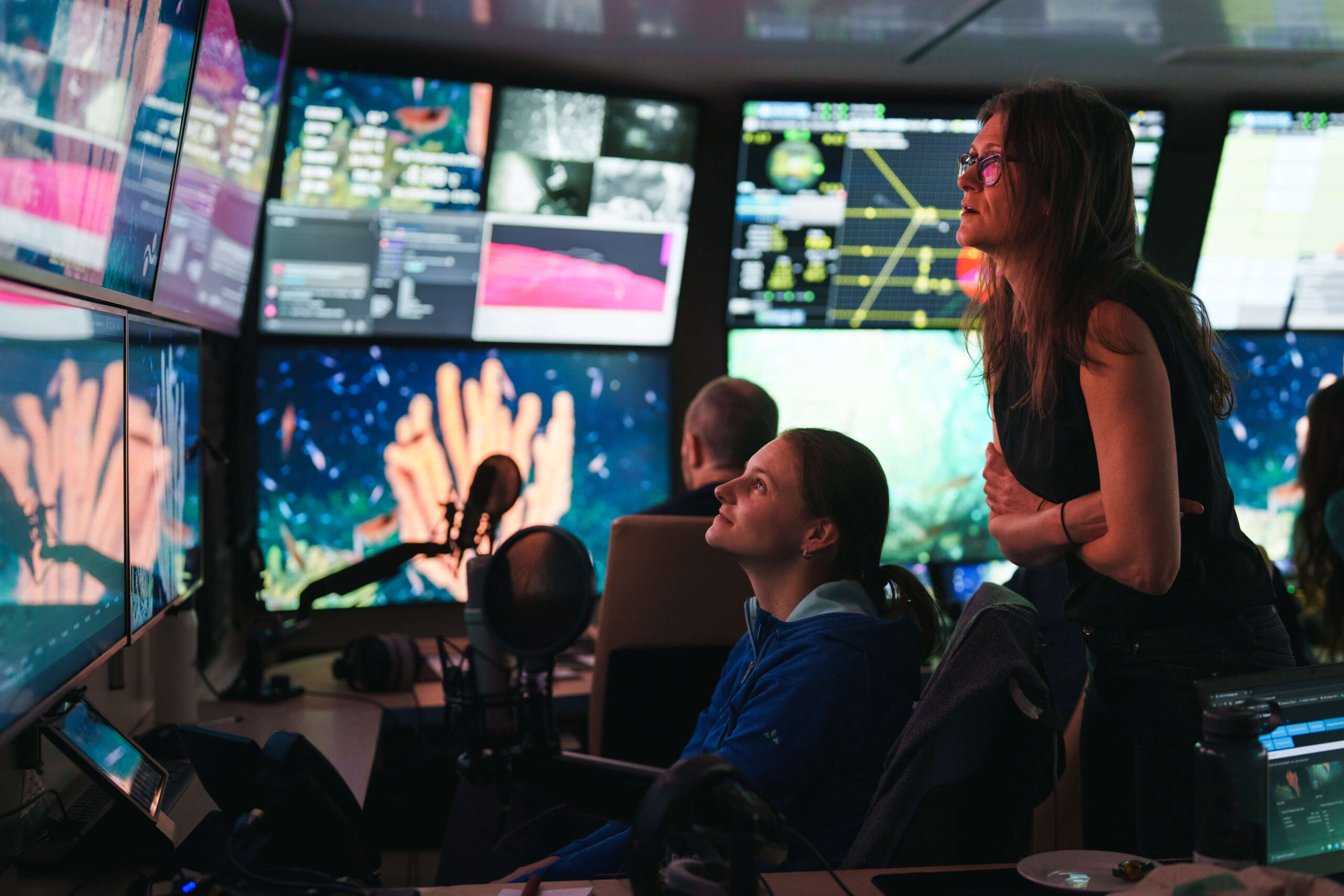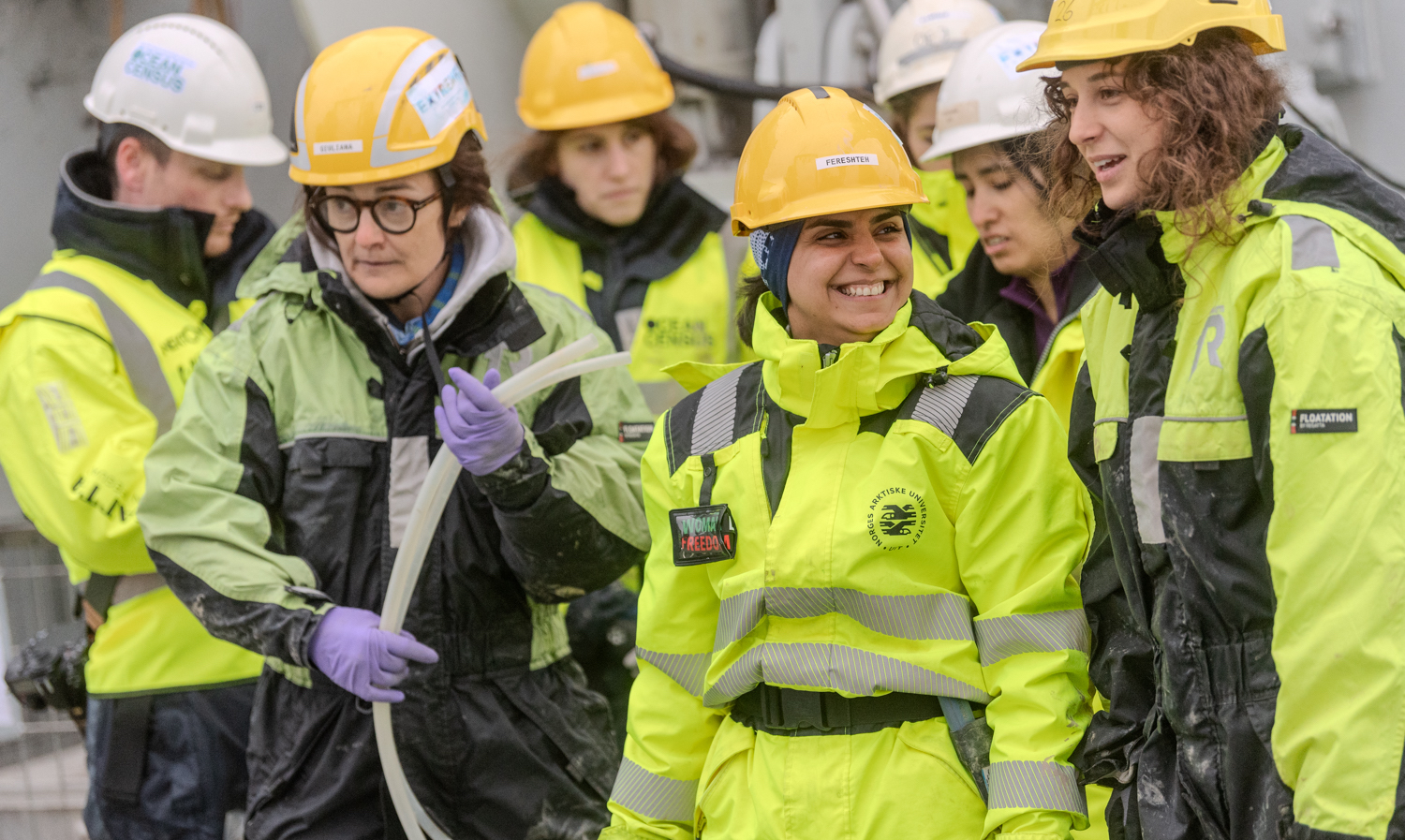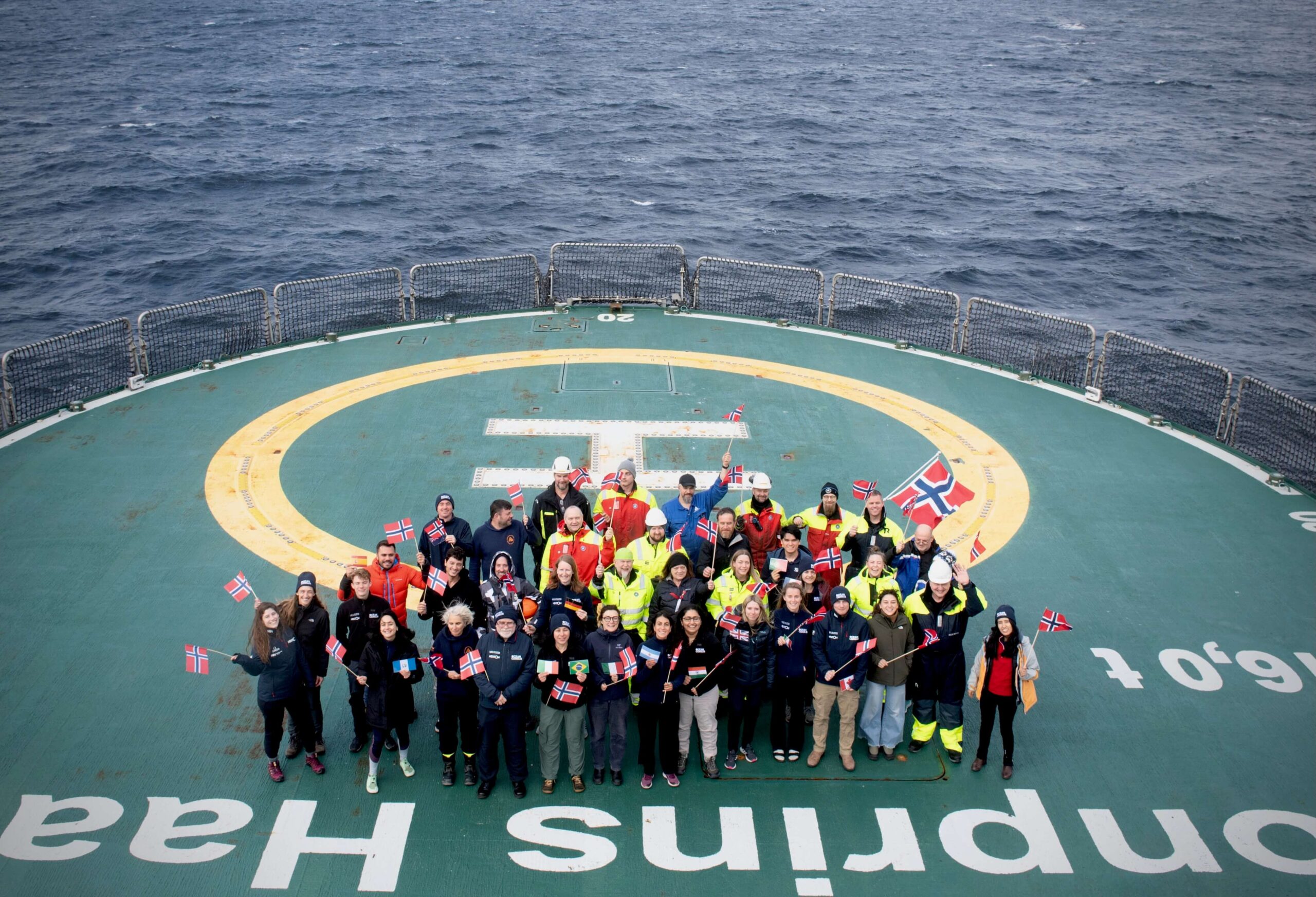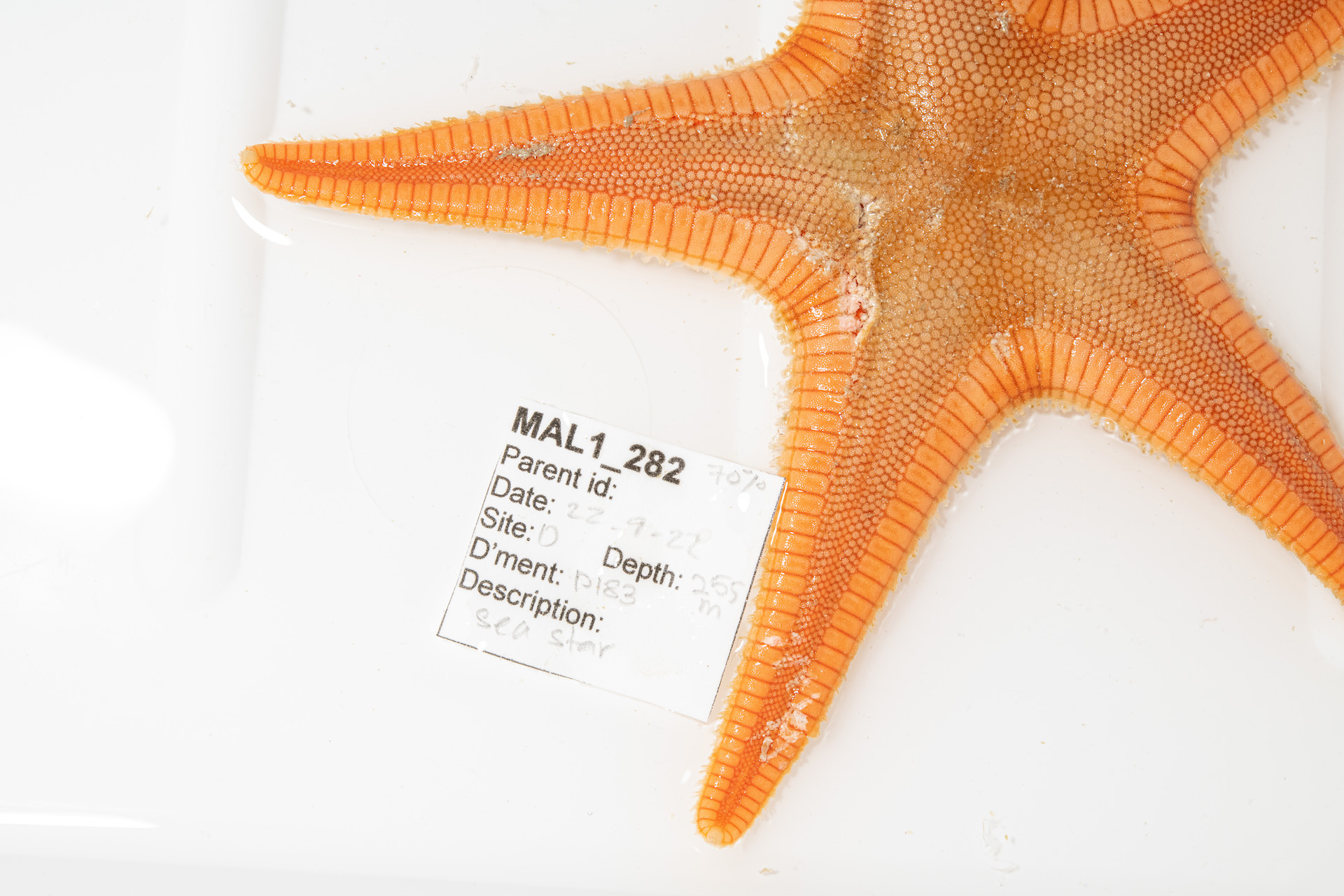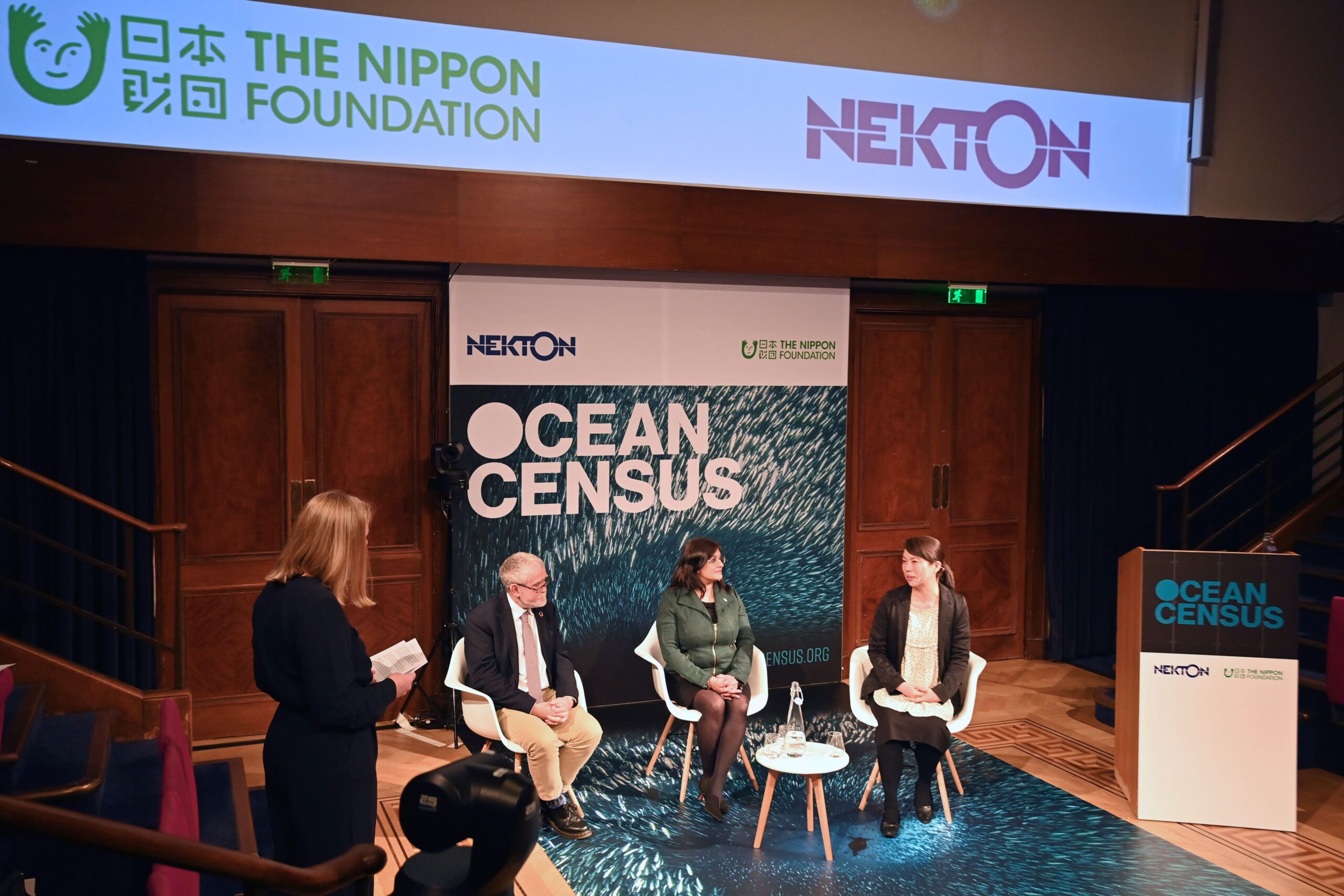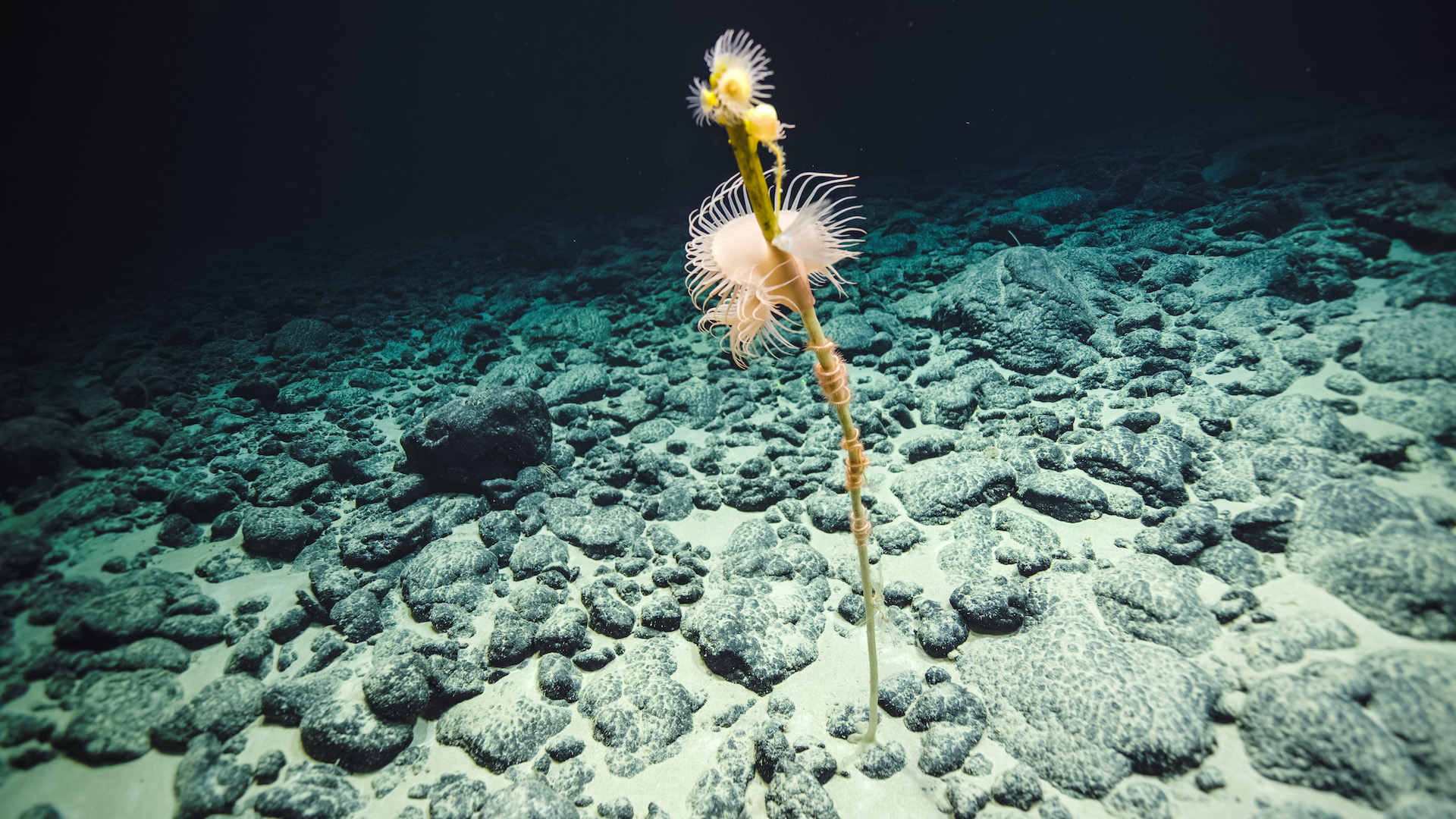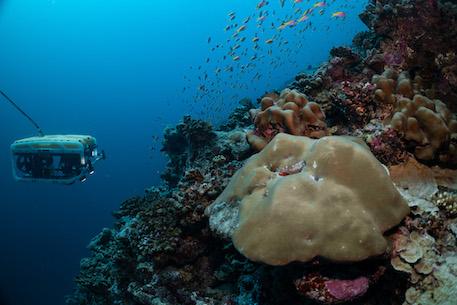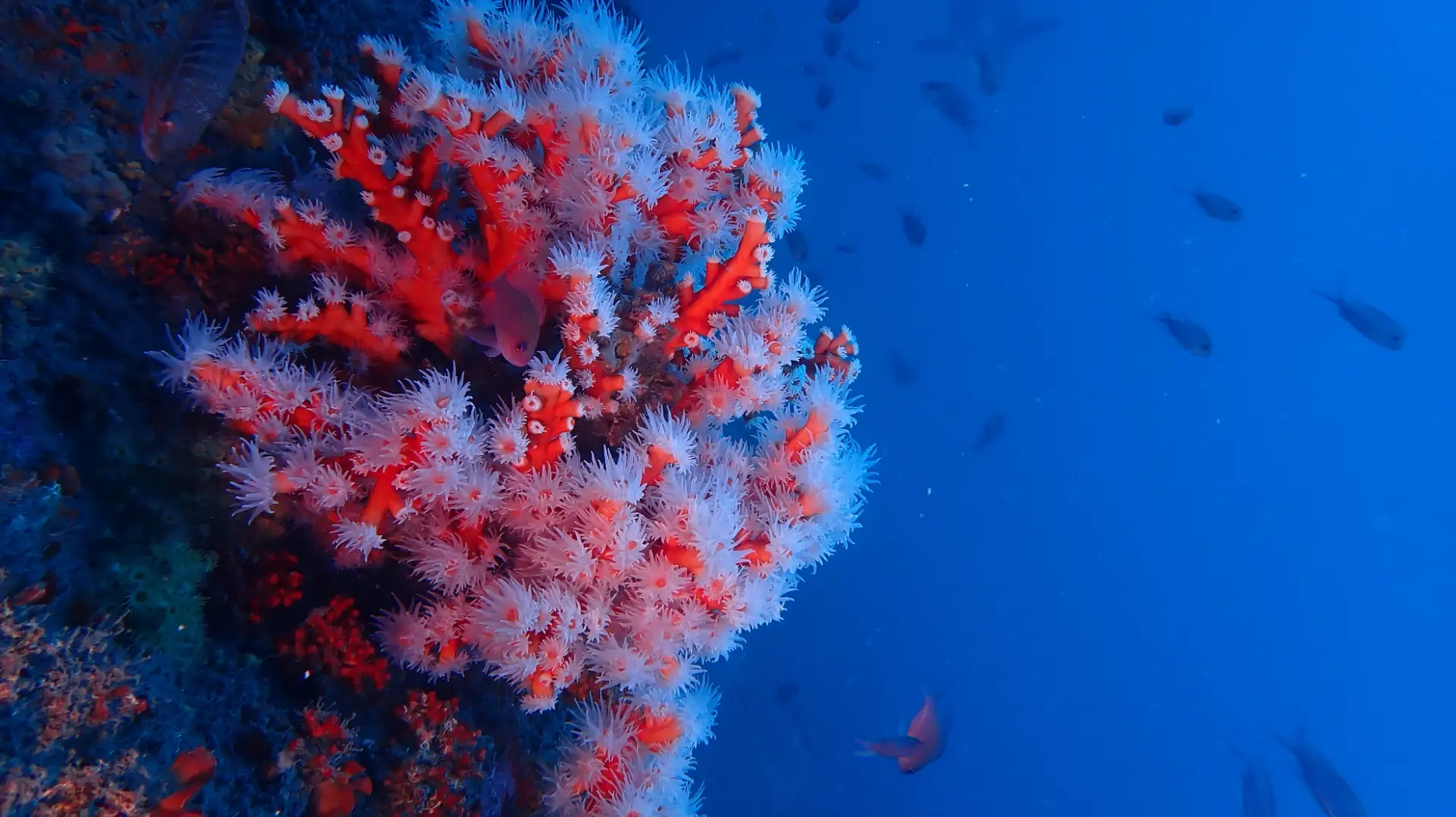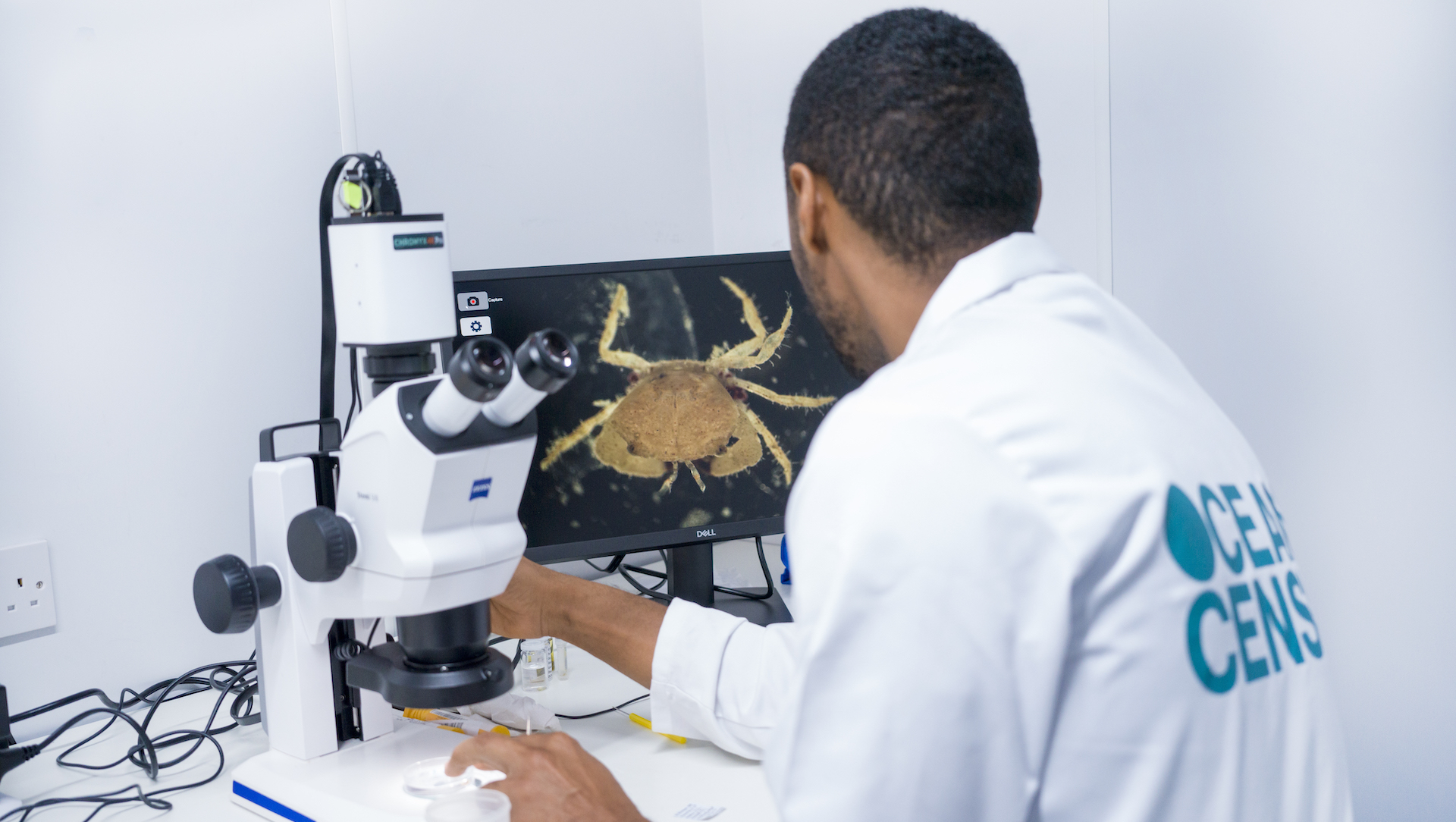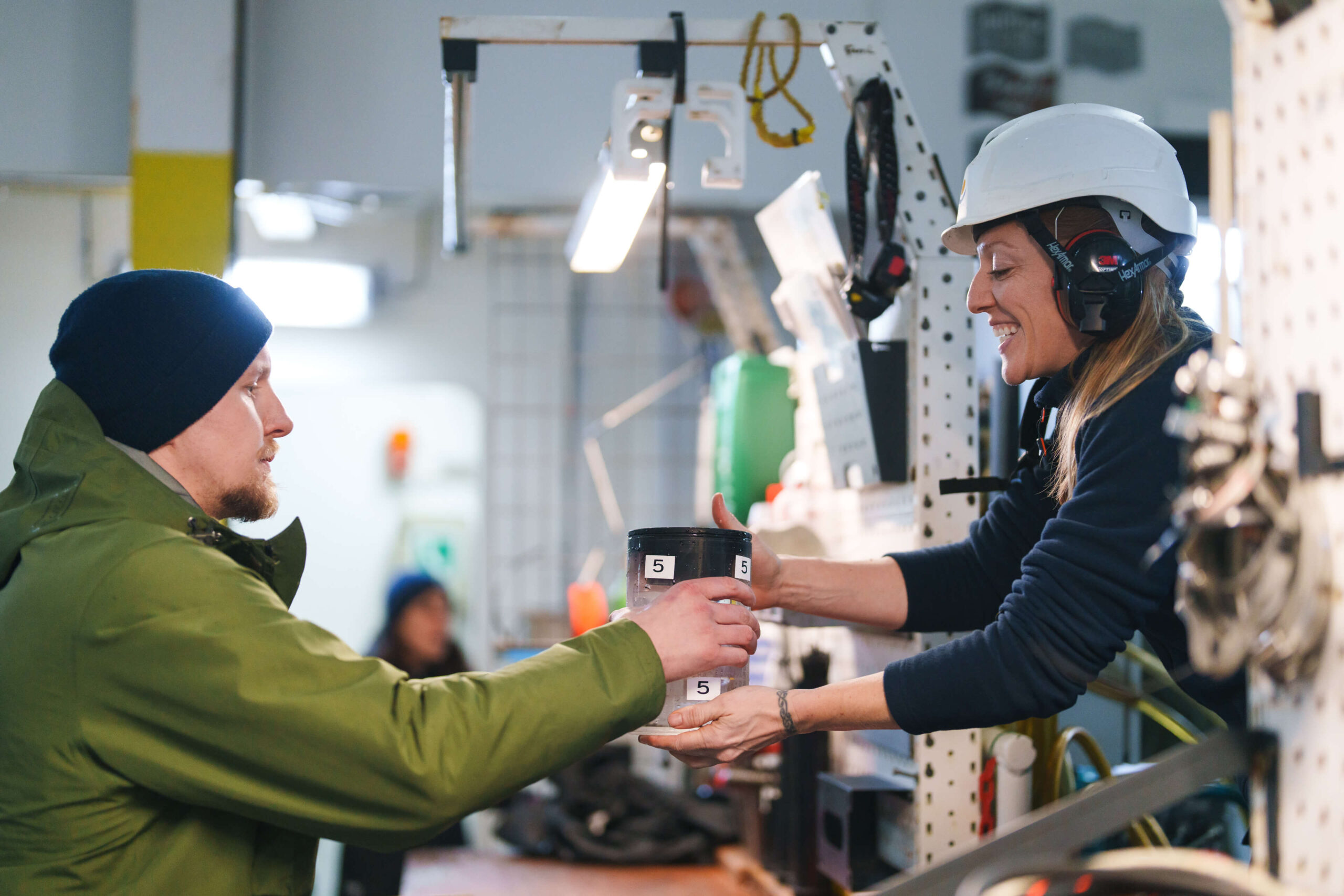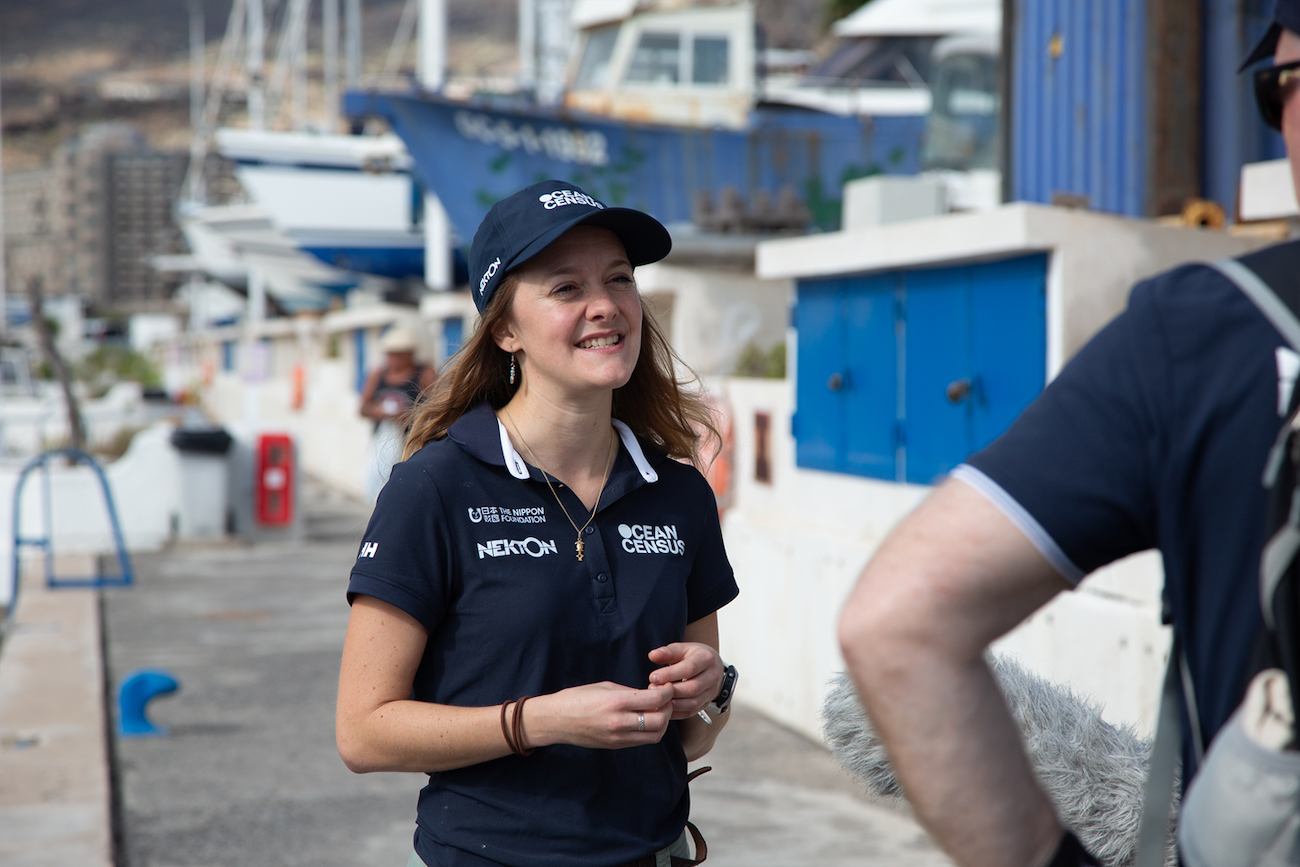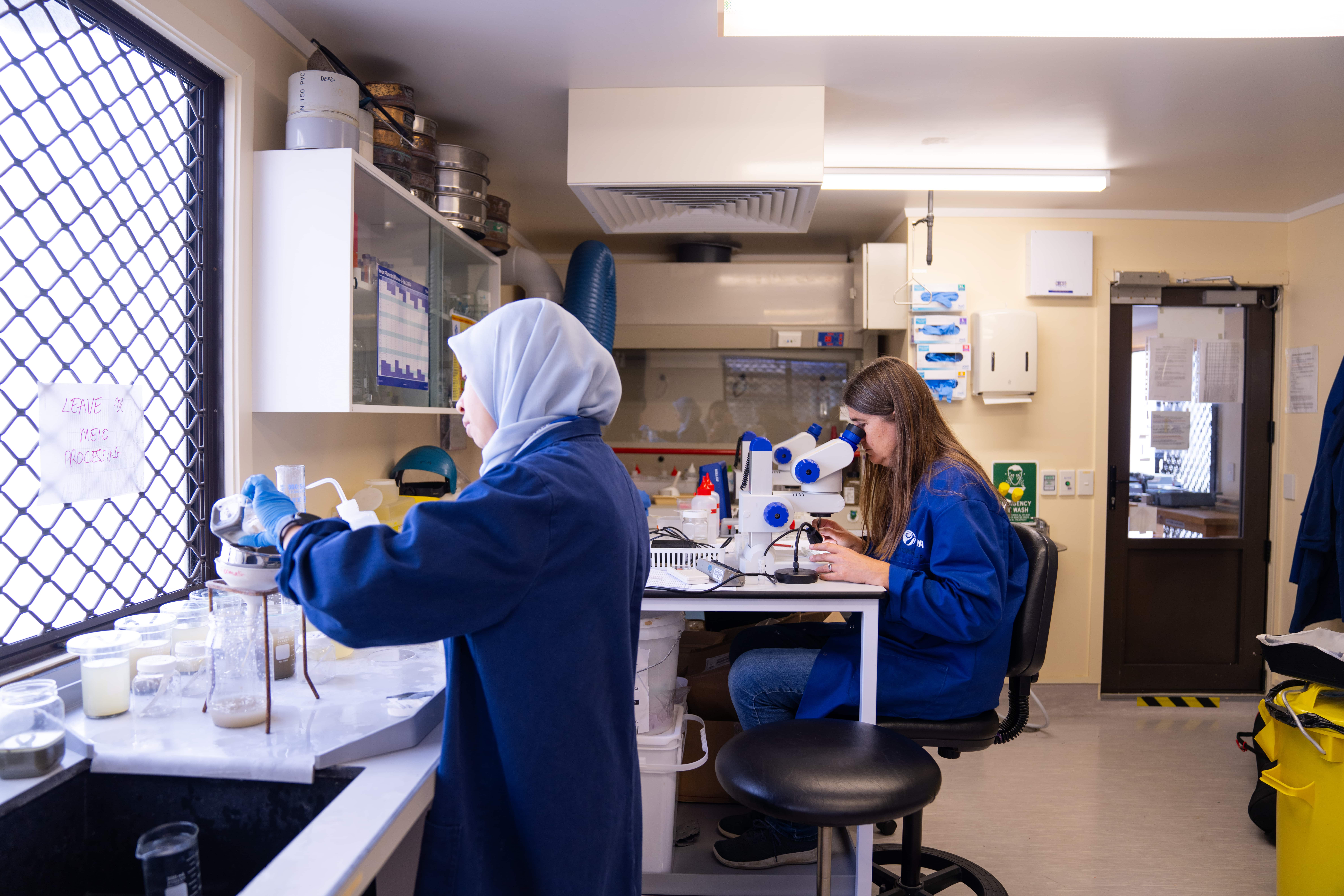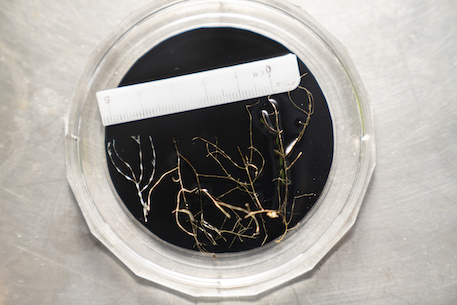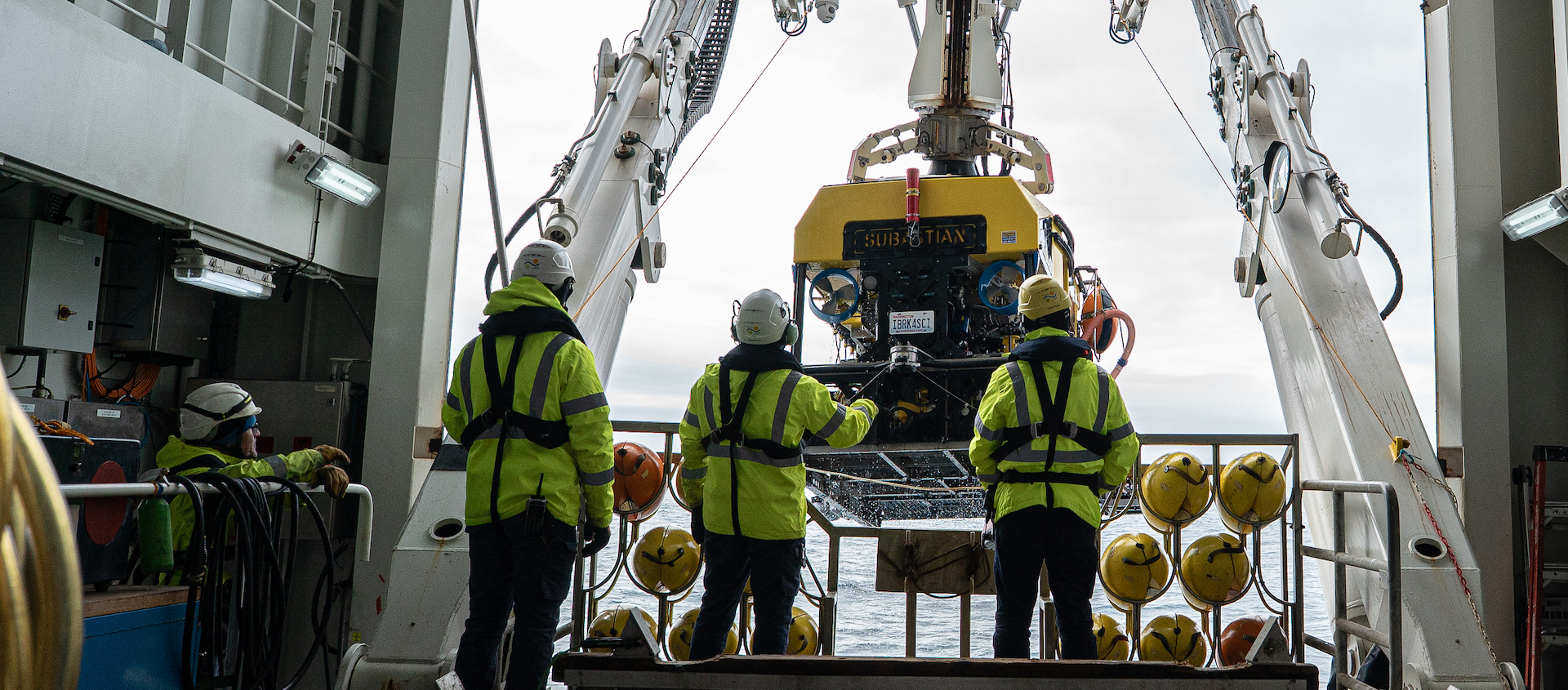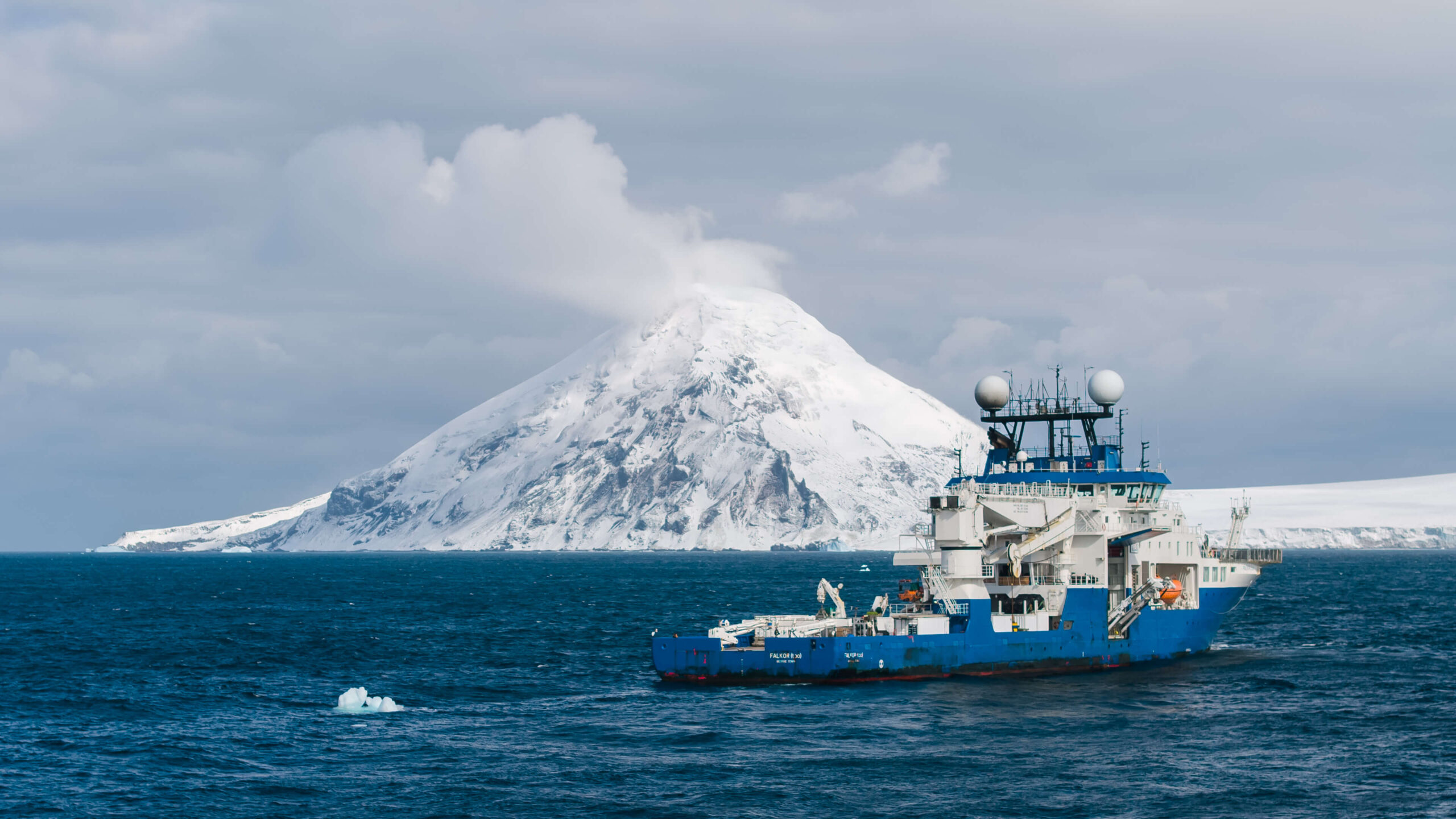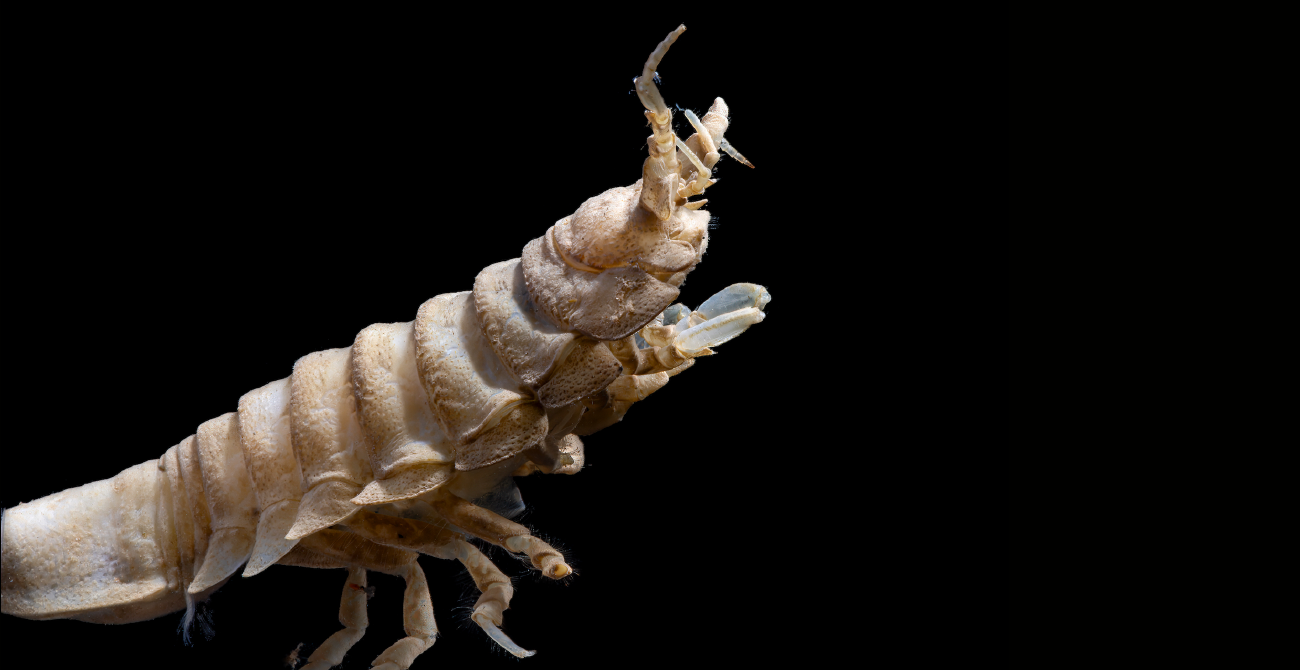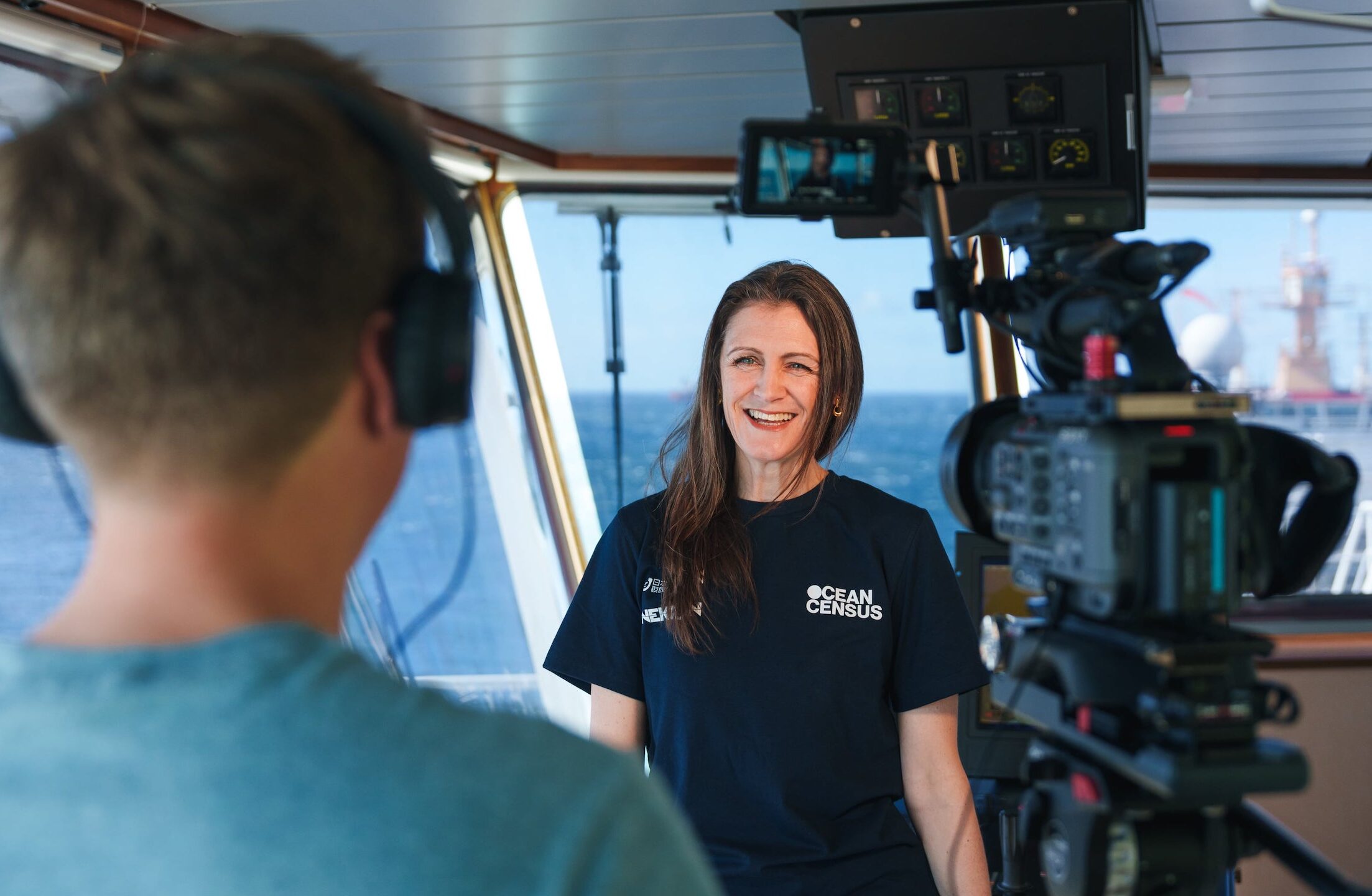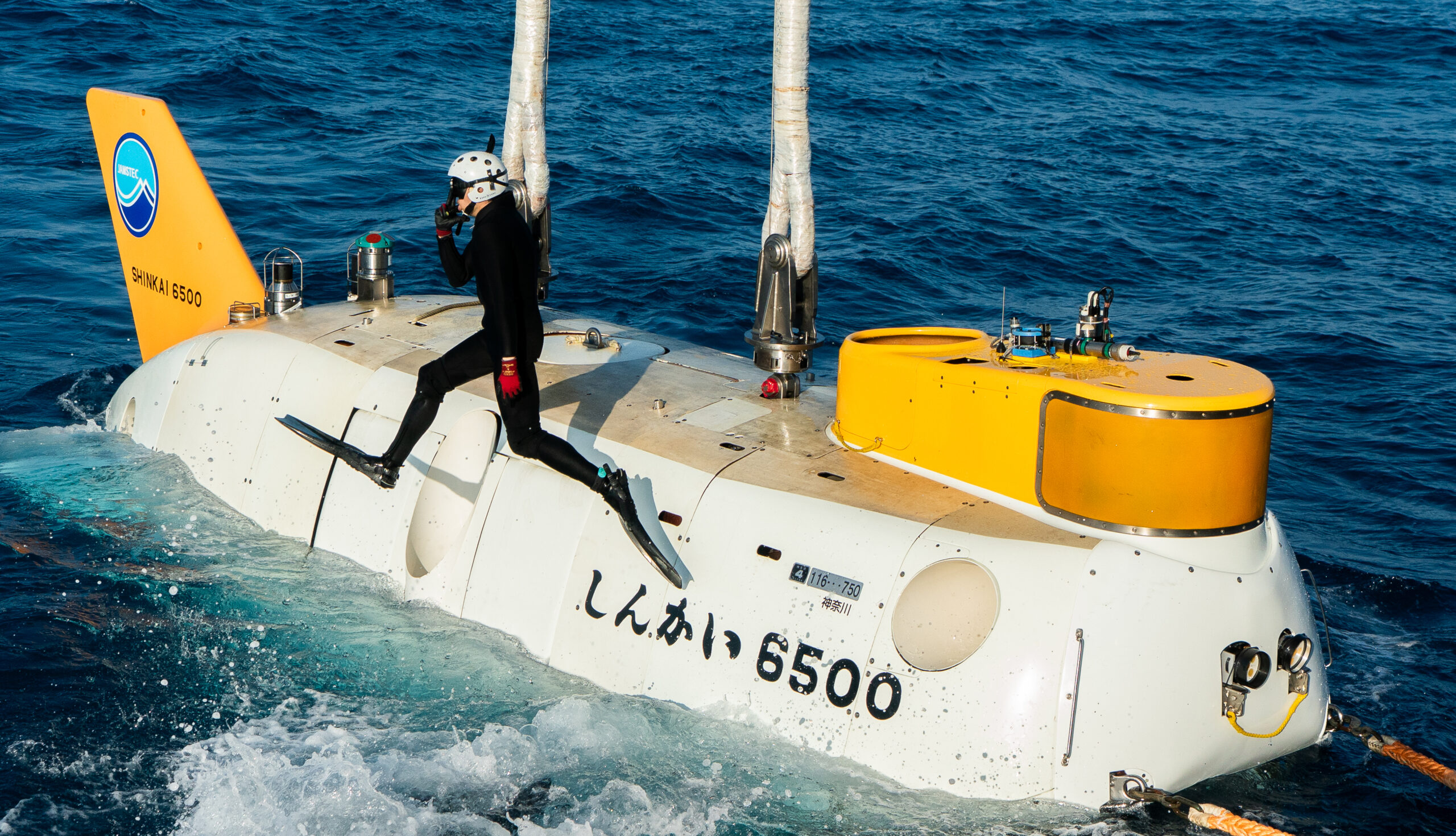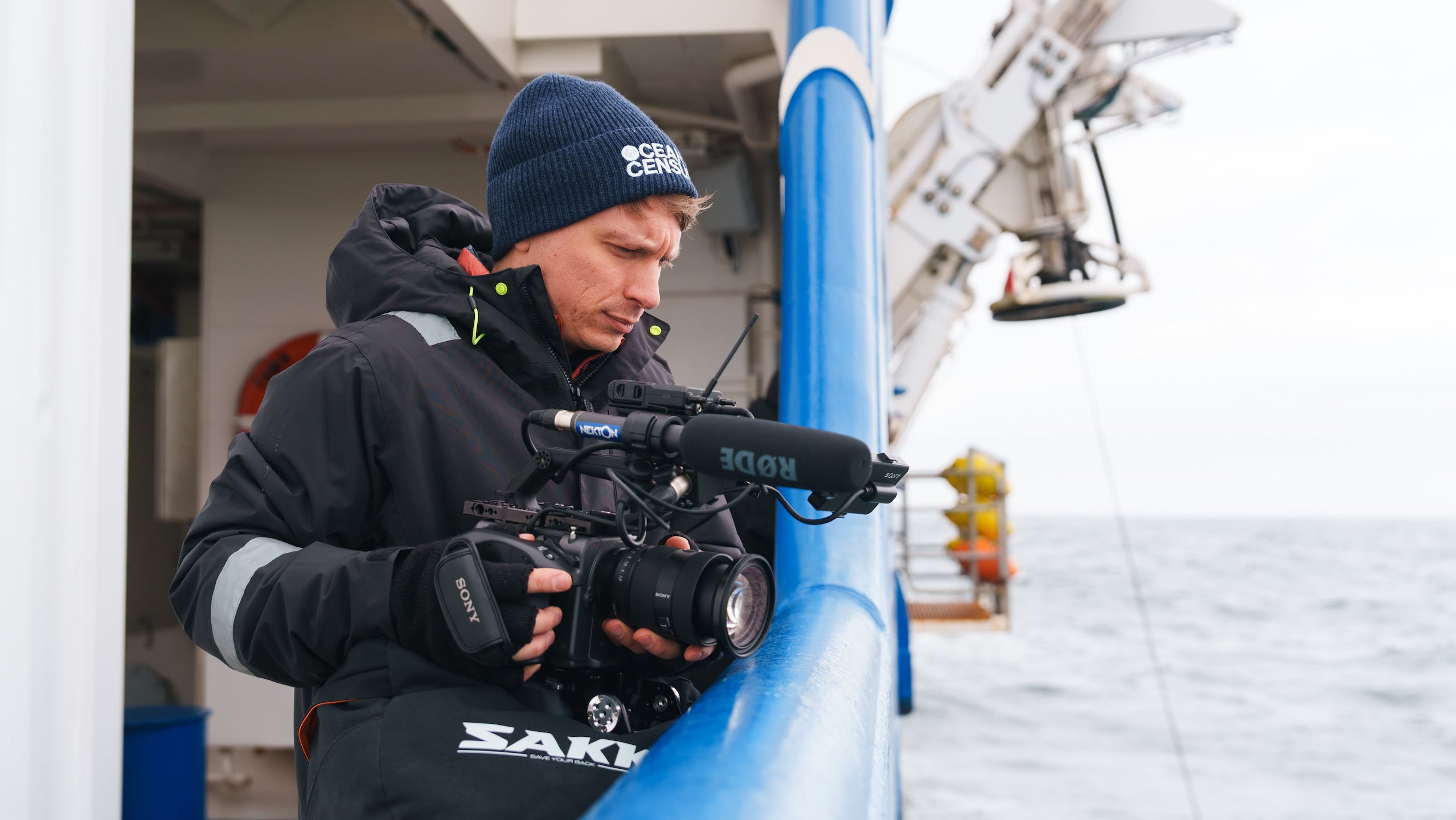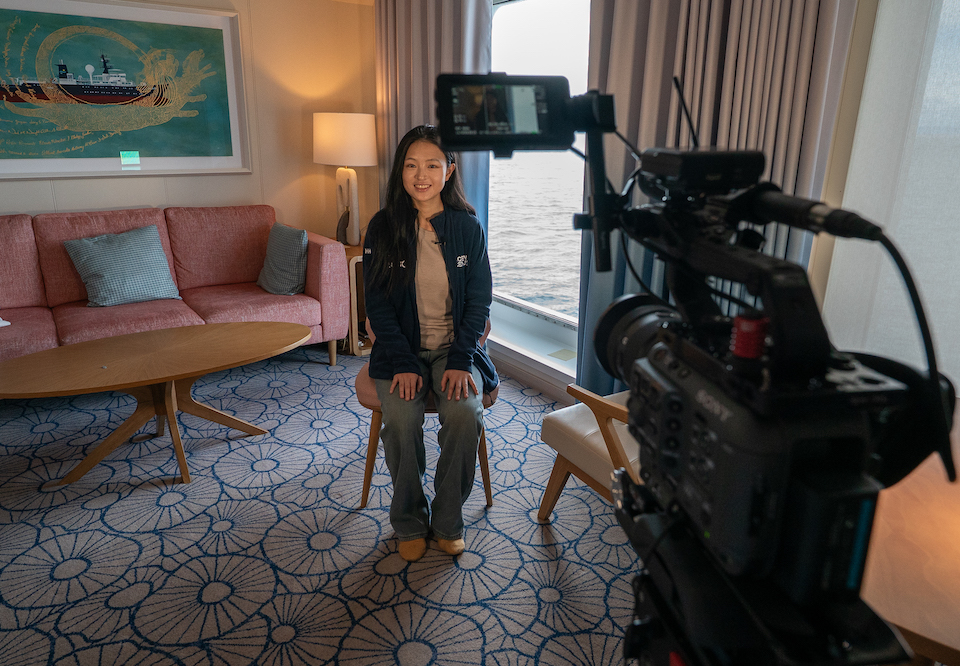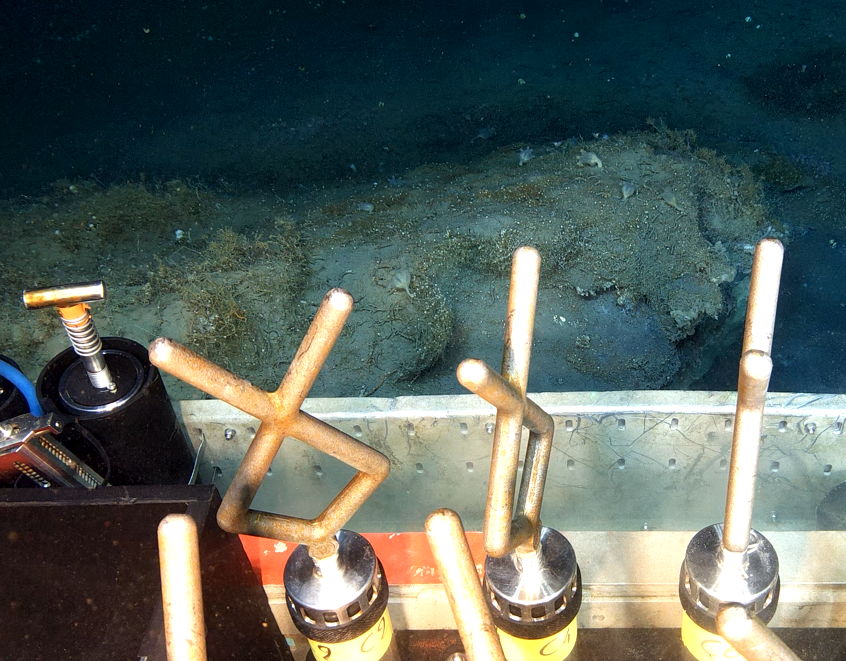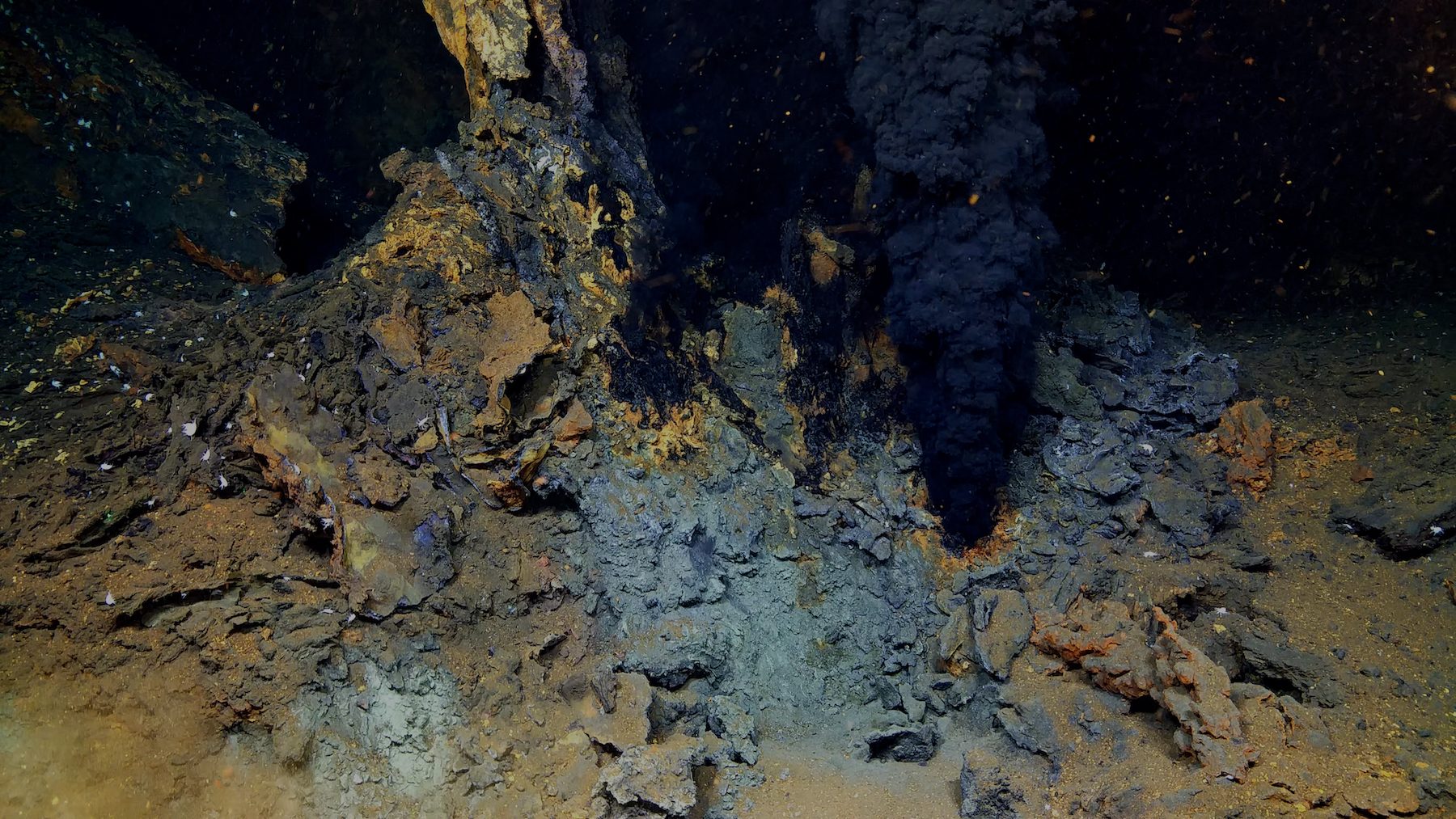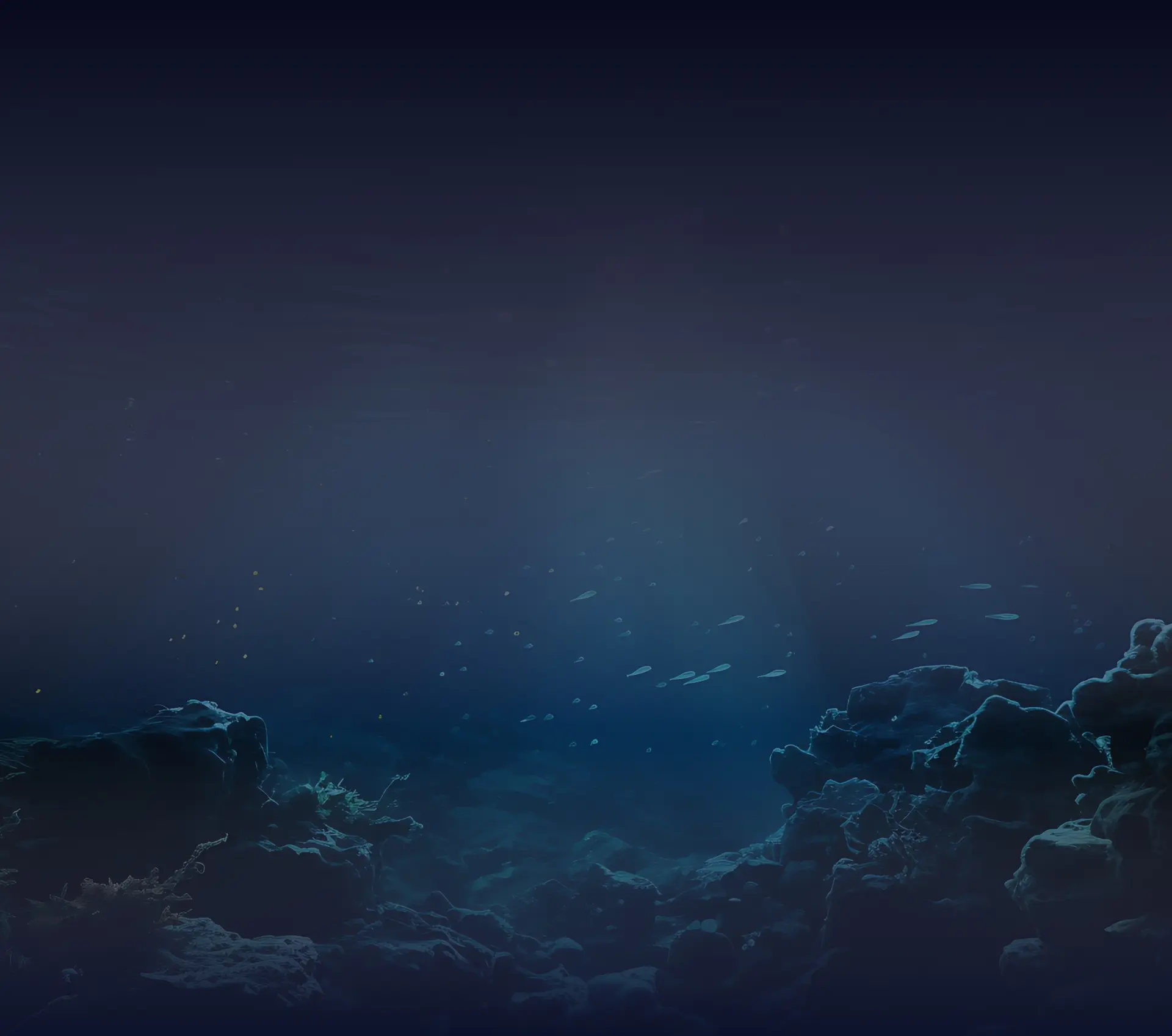
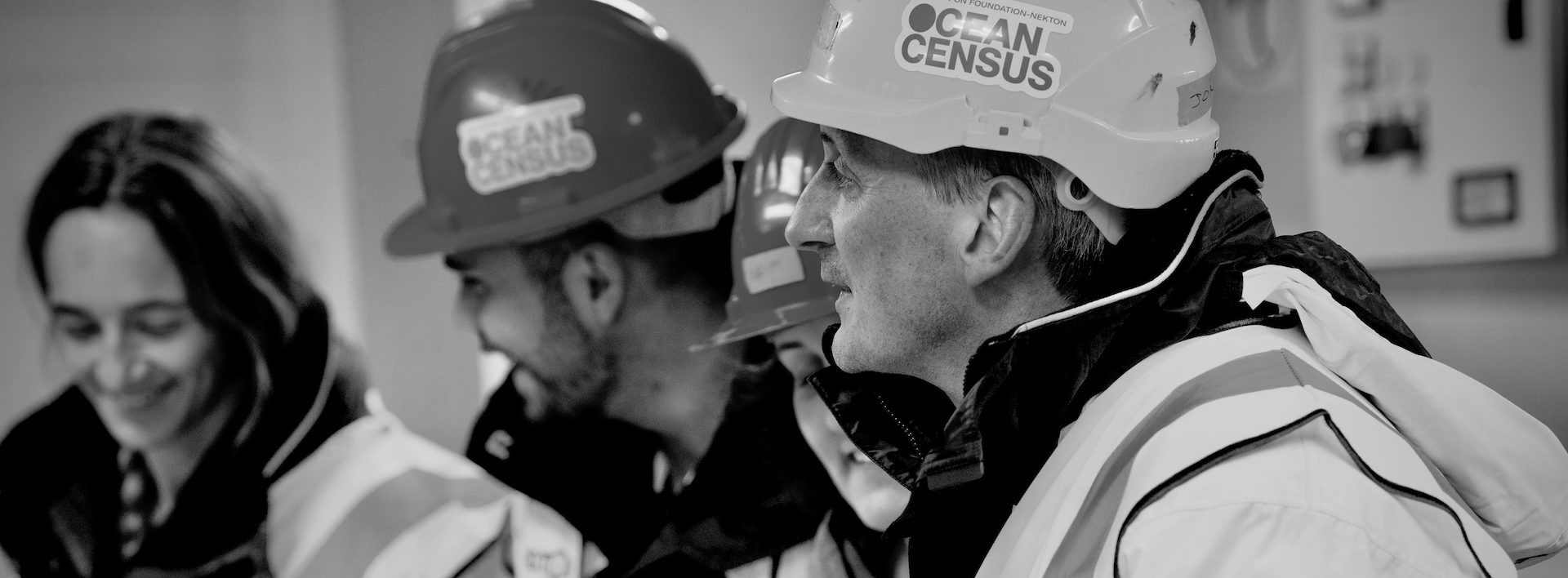
Arctic Deep – Voyage Update #2
Arctic Deep Update #2
Positioned above 78 degrees North and nearing the Arctic ice sheet, we explore one of the planet’s most geologically and biologically significant areas, known for its active deep-sea hydrothermal vents. Our expedition, guided by data from the 2022 R/V Maria S. Merian expedition, is targeting hydrothermal vents, which were first discovered in 1977 at the Galápagos Rift.
This revelation revolutionised our understanding of life in extreme environments, revealing ecosystems that thrive independent of sunlight and teeming with unique life forms, including chemosynthetic bacteria, tube worms, gastropods, isopods, sea spiders, and specialised fish, all adapted to the extreme conditions of their environment. Despite the significance of these findings, Arctic vents are far less explored or understood.

With limited time and resources, we must carefully select our dive sites in this vast, underexplored ocean area. Successfully positioning REV Ocean‘s ROV Aurora near a ‘black smoker‘ vent on our first dive not only validated our sophisticated onboard technology but also underscored the importance of scientific collaboration. This venture into recently discovered sites enabled us to significantly expand our search area, and locate several new chimneys within the vent field.
A standout moment for our team was the discovery of a living fossil, a stalked crinoid, with a curious passenger. These ancient organisms were first documented by Norwegian biologist Michael Sars in his 1829 work, Bidrag til Søedyrenes Naturhistorie (“Contributions to the Natural History of Marine Animals”). This crinoid, entwined with an octocoral around its stalk, is a prime example of adaptive epifauna, where one organism lives on another, much like lichen on a tree.
In the sparse habitat of the seafloor, many sessile deep-sea creatures provide habitats for others. The octocoral, found near a newly discovered black smoker, is also likely a new species, further enriching the biological diversity of the Jøtul Vent field.
One of the more subtle yet captivating finds by the team was a small, unassuming limpet (seen in the image slider below). Its significance only became apparent after magnification and detailed photography. While limpets are common molluscs at deep-sea vents globally, their presence at Arctic vents is less understood.
During a 2022 Norwegian-led expedition aboard the Kronprins Haakon, a species from the genus Cocculina was discovered at the Aurora Vent Field on the Gakkel Ridge (82.5N). This genus was previously identified only at Antarctic vent sites, presenting fascinating evidence of evolutionary connectivity between these geographically distant but ecologically similar habitats.
Preliminary observations suggest that the limpet from the Jøtul field may be closely related to the vent-dwelling Cocculina. If confirmed through further analysis at the Taxonomic Workshop in October, this discovery could significantly advance our understanding of the evolutionary and ecological narratives connecting global vent site biodiversity.
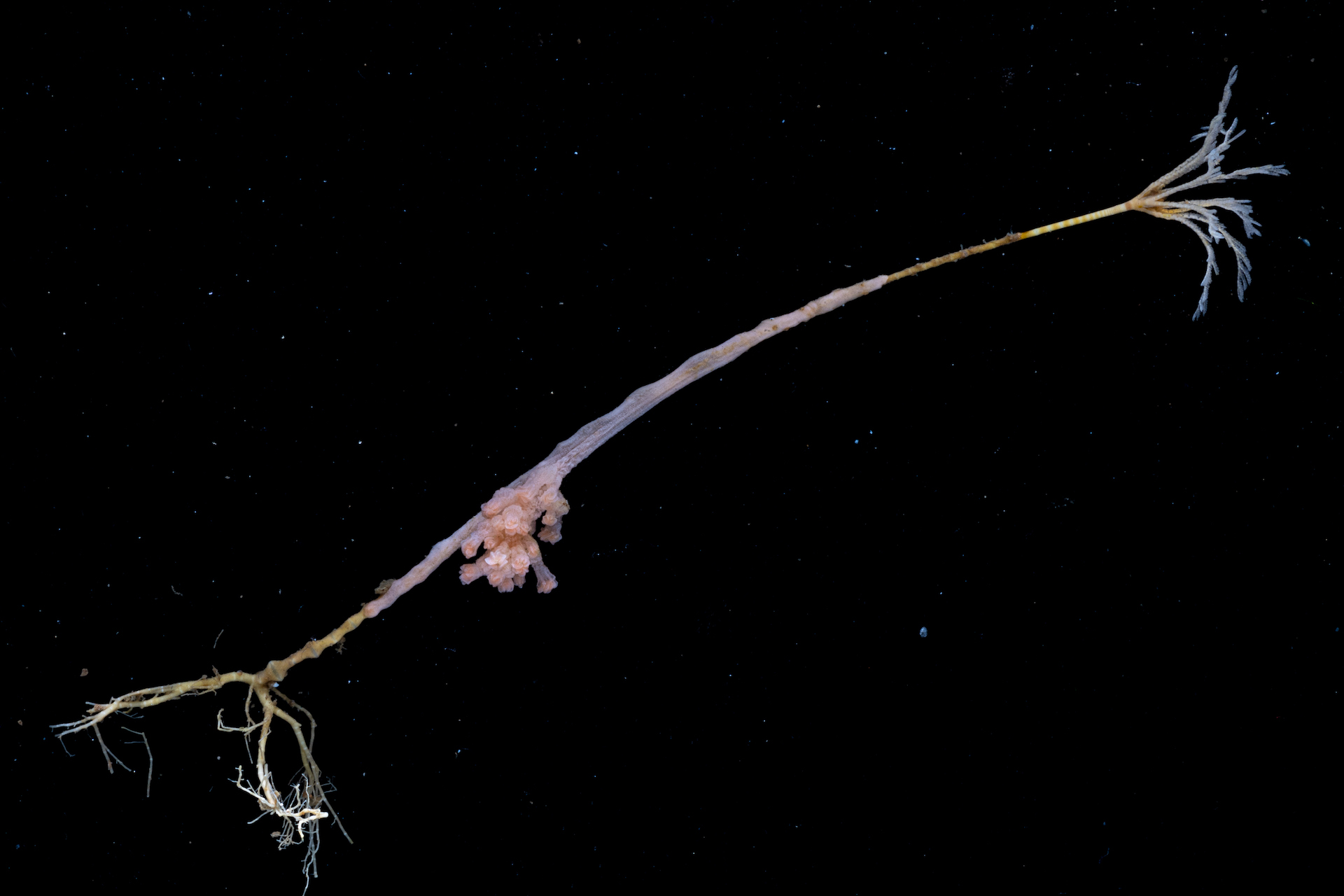
The expedition coincided with Norwegian Constitution Day, celebrated on May 17th. This holiday commemorates the signing of the Norwegian Constitution at Eidsvoll in 1814, which declared Norway an independent kingdom. After a flag-adorned parade around the vessel and a photo opportunity on the helipad, the celebration culminated on the bridge.
Addressing the crew, the Captain reflected, “Far from our homes, we’ve found the second-best place to celebrate—aboard Kronprins Haakon, seeking unknown species in the deep ocean. Today, I’m privileged to mark Norway’s day with you, representing 16 nationalities. It might not be the longest or most crowded parade, but it’s certainly the finest I’ve seen in many years. I hope you remember today as a significant day for a small country celebrating its freedom.”
Gratulerer med dagen! (Happy Birthday, Norway!)

“Today, I’m privileged to mark Norway’s day with you, representing 16 nationalities”
Captain, Kronprins Haakon
After sampling hundreds of specimens at the Jøtul field, we headed further north. Ironically, considering we were in a region so closely associated with the Aurora Borealis, it seemed like we were the only ones on earth who did not see the generational light show the rest of the world was treated to between the 10-13th May 2024. But the expedition was on towards 80 degrees north and the cold seeps of The Svyagtogor Ridge, bathed in sunlight 24 hours a day.
As the satellite data updated, it became clear that shifting sea ice flows from the Arctic ice cap now overlapped our next dive sites. The sight of an ice wall on the horizon is profoundly evocative. From the Kronprins Haakon’s observation lounge, the ice appears as a vast barrier, distorting perceptions due to atmospheric refraction which bends light through different air densities, making icebergs appear larger and elevated.
The northern wall that appeared so imposing on the horizon flattens as we approach. The drifting ice barricade is spread out, forming channels that barely accommodate a 10,000-tonne ship without brushing against these colossal ice lilies. Although breaking through the ice isn’t our goal, I am told, we aim to gently push through these openings, like a fan navigating the crowd at the back of a concert.
First Officer Ida navigates the ice flow with the ship’s steering controlled through a small ergonomic ball in her right hand. She is looking for the slight openings and channels that can ease our passage. Although we could forcefully plough through the ice, she says, this more measured approach preserves tranquillity for a while, and for those trying to sleep below decks.
Our next dive sites are characterised by icy methane deposits on the seafloor. These areas release towering plumes of gas that dissolve through the water column for thousands of metres, but never breaking the surface, clearly visible as flares on the ship’s sonar.
These geologically fascinating areas are known as ‘cold seeps‘ and are critical for their role in the deep-sea ecosystem. Like hydrothermal vents, they are an oasis of life on the seafloor, but where the superheated fluid catalyses vent food chains, the cold seeps characterised by frozen ice crystals of water and solid methane.
The complex chemistry at these sites provides energy sources for unique communities of organisms. Like vent sites, these environments are home to specialised life forms, including chemosynthetic bacteria that convert hydrocarbons into organic matter, sustaining a diverse ecosystem in the absence of sunlight. Fauna such as mussels, tube worms, and clams form symbiotic relationships with these bacteria, thriving in this chemically rich habitat.
The deepest dive sites of the expedition, we aim to explore these complex communities further, uncovering new species and insights into life in one of Earth’s most extreme environments.
Check out the Arctic Deep Voyage Update #1 if you missed it.
Thanks to Jack for sharing this voyage update. This expedition is led by The Nippon Foundation-Nekton Ocean Census Alliance, UiT (The Arctic University of Norway), and REV Ocean.
Image Credits: Ocean Census

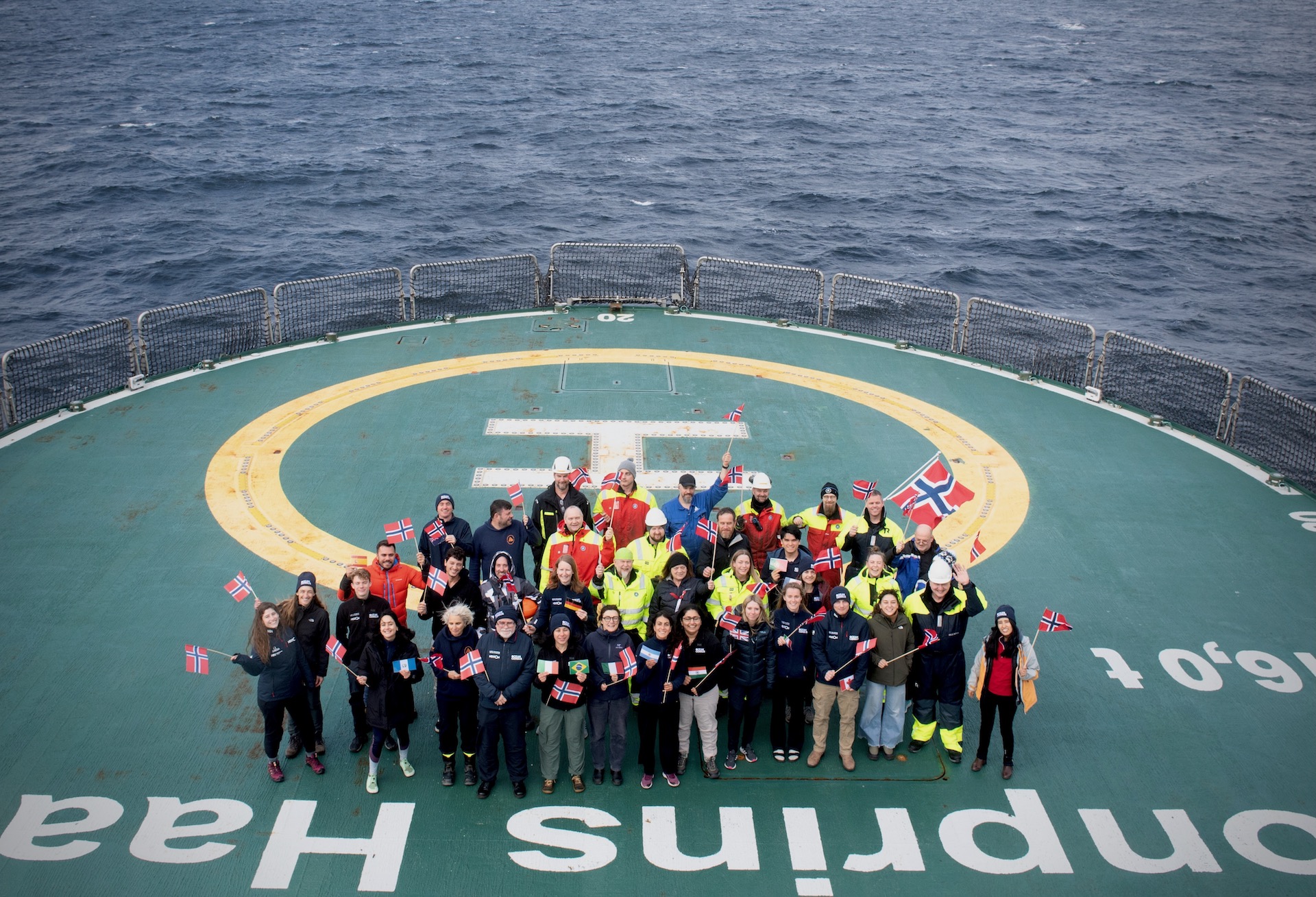
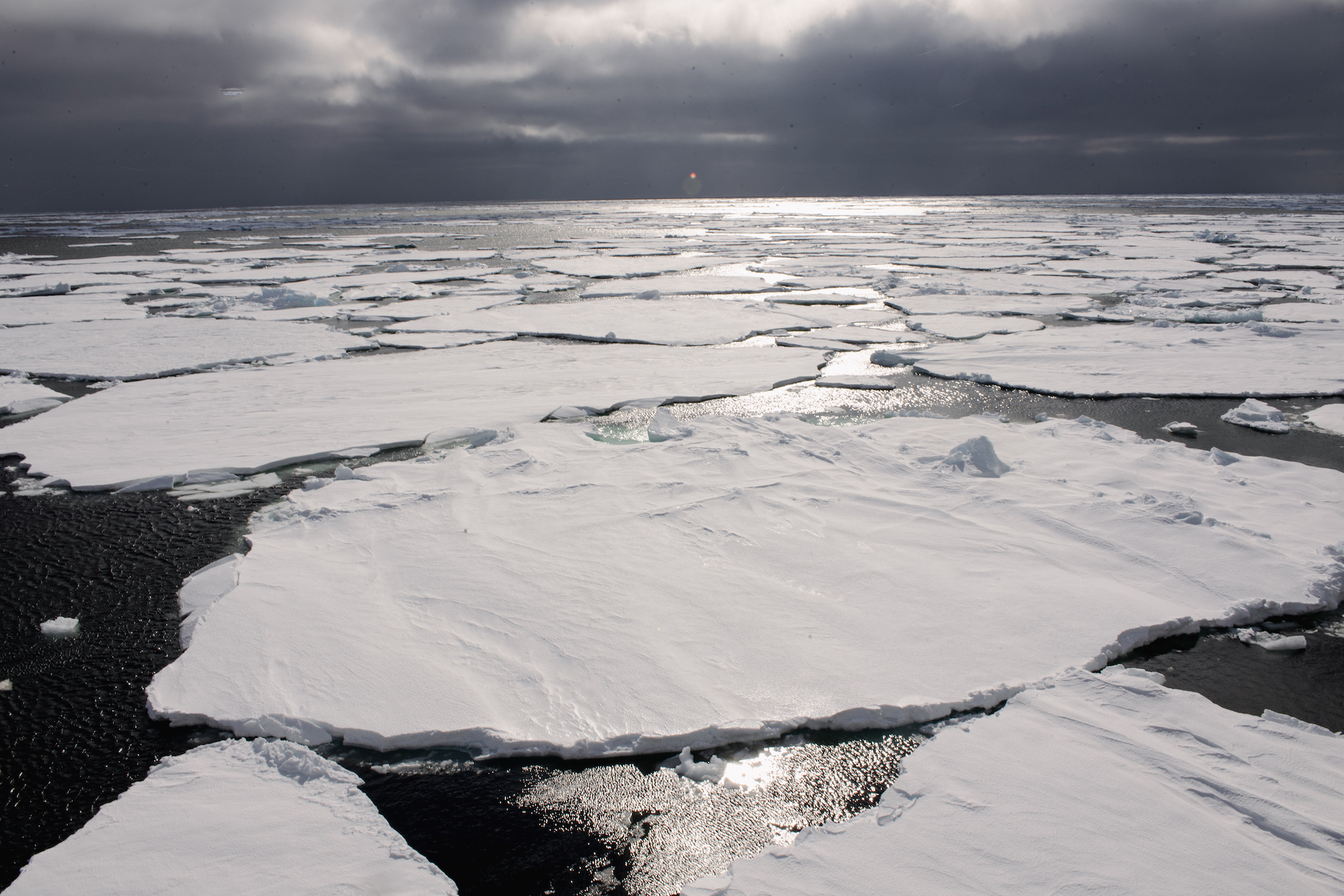



Related News
Join the census
The Ocean Census Alliance unites national and philanthropic marine institutes, museums, and universities, backed by governments, philanthropy, business and civil society partners.
